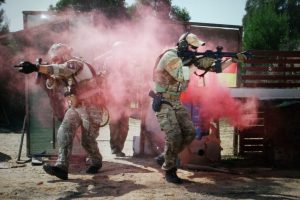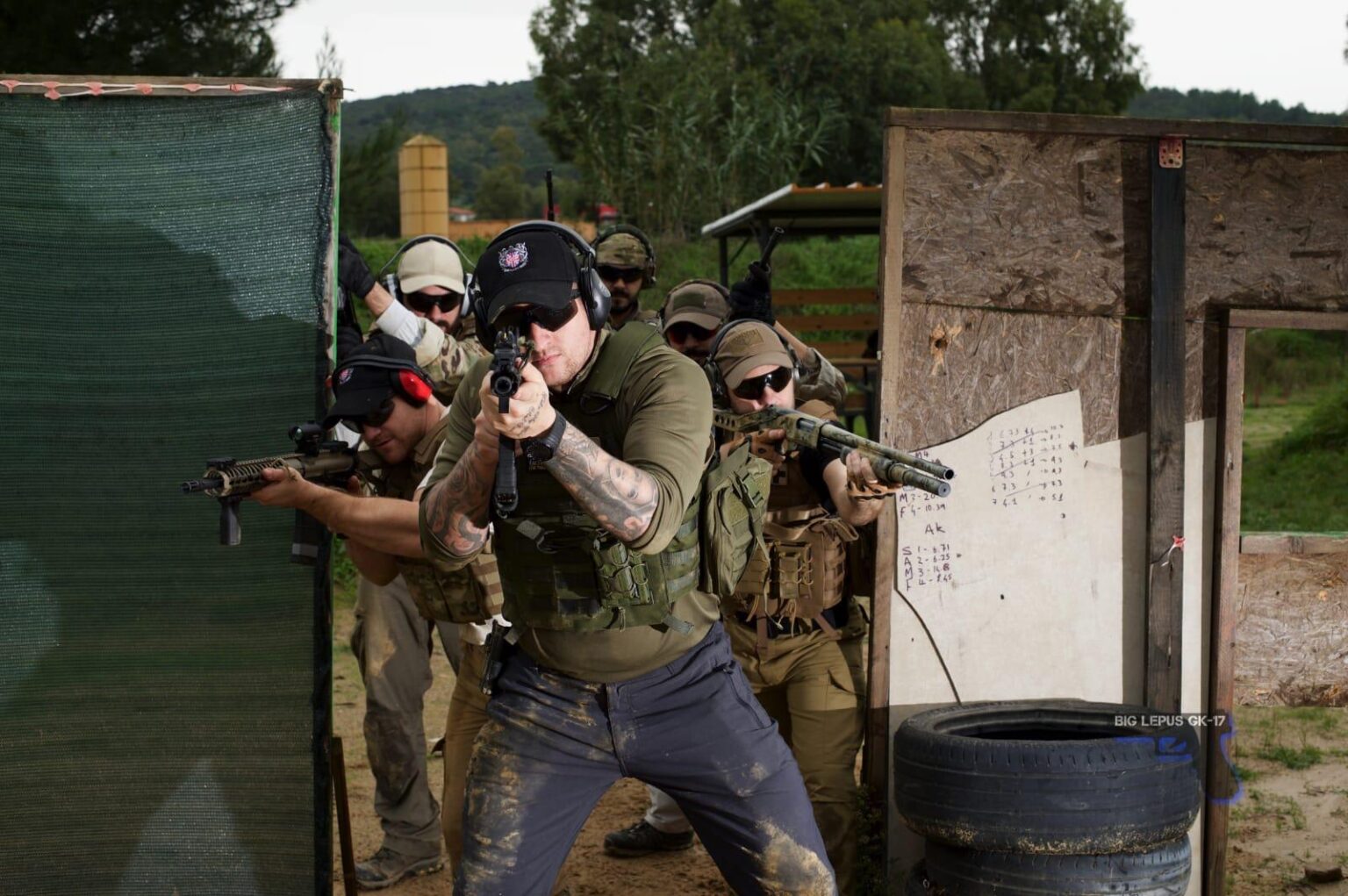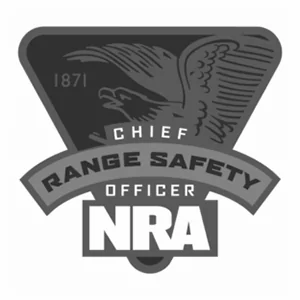The Level 3 Certificate in Basic Onshore Survival in Hostile Environments is aimed at individuals wishing to travel to work locations in hostile environments whom in their execution of duties must receive compulsory training advising of the risks/hazards of the area they intend to operate in.
The qualification demonstrates the achievement of knowledge and skills, contributing to the safety of individuals in their work location.
The awarding organisation for the qualification is ProQual Awarding Body and the regulatory body is the Office of Qualifications and Examinations Regulation (Ofqual). The specification for this qualification has been approved by the Welsh Government for use by centres in Wales and by the Council for the Curriculum Examinations and Assessment (CCEA) for use by centres in Northern Ireland.
The qualification has been accredited onto the Regulated Qualification Framework (RQF)





10 DAYS
ProQual Level 3 Certificate in Basic Onshore Survival in Hostile Environments
£3000
UK, USA, Italy, Spain, Thailand, Singapore, Sri Lanka, New Zealand and Lebanon
16th - 25th Of every month
The unit requires the assessment of knowledge, understanding and skills which can be demonstrated during a rigorous training programme undertaken in a purpose-built training environment.
There must be valid, authentic and sufficient evidence for all the assessment criteria. However, one piece of evidence may be used to meet the requirements of more than one learning outcome or assessment criterion.
UNIT Y/506/9120
UNDERSTAND THE SECURITY RISKS IN UNKNOWN OR HOSTILE ENVIRONMENTS
Learning Outcome – The learner will: | Assessment Criterion – The learner can:
1. Understand the security risks in unknown or hostile environments
1.1 Identify current operational security procedures relating to:
• journey management
• emergency situations
• health and welfare
• information security
1.2 Describe how to react to security incidents
1.3 Identify potential threats to their safety
1.4 Describe the reasons why they may be vulnerable to hostage situations
2. Understand the main types of hostage takers
2.1 Identify the main types of hostage takers
2.2 Describe the reasons why hostage takers might be engaged in hostage taking situations
3. Understand different types of hostage situation
3.1 Describe different methods of hostage taking including:
• barricade
• containment
• human shield
• kidnapping
3.2 Identify the type of hostage taker that is likely to be involved in each method of hostage taking identified
UNIT D/506/9121
UNDERSTAND AN INDIVIDUAL’S BEHAVIOUR WHEN BEING HELD
CAPTIVE IN A HOSTAGE SITUATION
Learning Outcome – The learner will: | Assessment Criterion – The learner can:
1. Know the different stages associated with a hostage taking incident
1.1 Describe the typical stages of a hostage taking incident
1.2 Explain what is meant by ‘captivity’ in a hostage situation
2. Understand the types of behaviour from captors towards their hostages
2.1 Describe the behaviours that hostages should expect from their captors
2.2 Explain why there are variations in behaviour of individuals held in captivity
3. Understand how individuals react and adapt their behaviour when taking hostage
3.1 Describe the six stages of behavioural reaction and adaptation when a person is held in captivity
3.2 Describe a person’s typical initial reaction to being taken hostag
UNIT H/506/9122
UNDERSTAND HOW TO SURVIVE IN A HOSTILE ENVIRONMENT/SITUATION
Learning Outcome – The learner will: | Assessment Criterion – The learner can:
1. Understand how to survive in a hostile environment or situation
1.1 Describe basic survival skills in a hostile environment/situation, including:
• water collection techniques
• basic navigation
• shelter building
• suitable clothing
• first aid
1.2 Describe basic hostage avoidance tactics
1.3 Explain key behaviours for survival in a hostage
situation
2. Understand the changes in a person’s psychological and physiological behaviour when captured and held in captivity
2.1 Describe a person’s physiological and physiological behaviour during the initial phase of being captured in a hostage taking incident
2.2 Describe a person’s physiological and physiological behaviour during the intermediate phase of being captured in a hostage taking incident
2.3 Describe a person’s physiological and physiological behaviour during the long-term phase of being captured in a hostage taking incident
2.4 Explain the Stockholm Syndrome
2.5 Explain the Lima Syndrome
2.6 Describe how hostages can minimise their mental and physical suffering during captivity
2.7 Describe coping techniques that can help to reduce hostages’ stress levels during captivity
3. Understand the impact on a person’s health and well-being after being rescued from a hostile environment or situation
3.1 Explain the importance of debriefing following rescue from a hostile environment/situation
3.2 Describe typical post-release stress symptoms
3.3 Identify examples of situations when released hostages should seek assistance with post-release stress
3.4 Describe the impact on long term health of being held in captivity
3.5 Explain recovery processes for released hostages


















